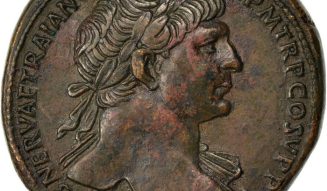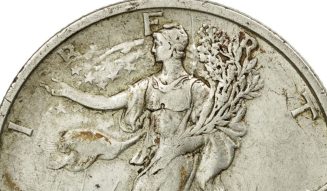Two silver ecus (crowns) from the same year: so very different!
When looking through recent coin sales on Delcampe, I came across two one-ecu coins (6 livres/pounds) from 1793 sold one day apart at very different prices. Why? That’s the question I asked myself and which I will try to answer with the precious help of numismatist Jean-Louis Roche.
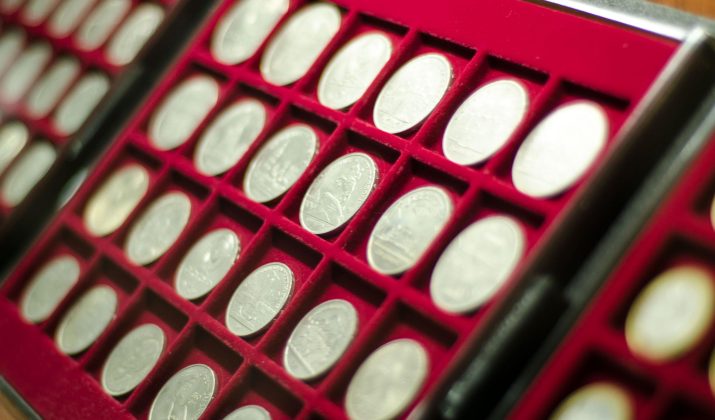
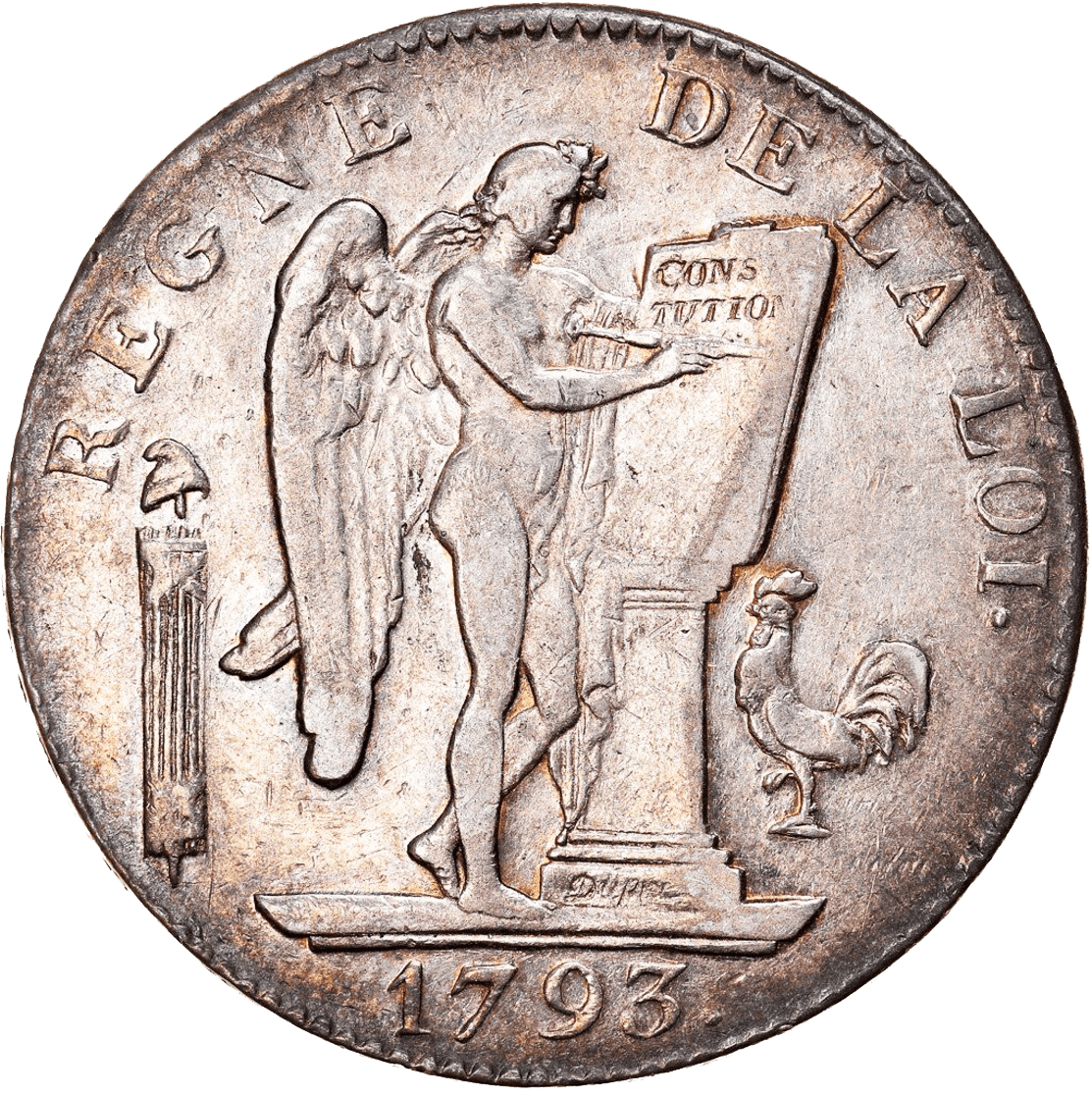

Initially, the coins appear to be the same in certain respects. They bear the year 1793, “REGNE DE LA LOI” around the edge and symbols of the French Revolution, including the Phrygian cap and rooster. The angel representing the Genius of France is holding a law tablet on which it is engraving the word ‘CONSTITUTION”. However, the coin with the effigy of Louis XVI indicates that it is year 5 of Liberty, which does not appear on the other coin. Expert numismatist Jean-Louis Roche pointed out that the obverse of one coin corresponds to the reverse of the other.
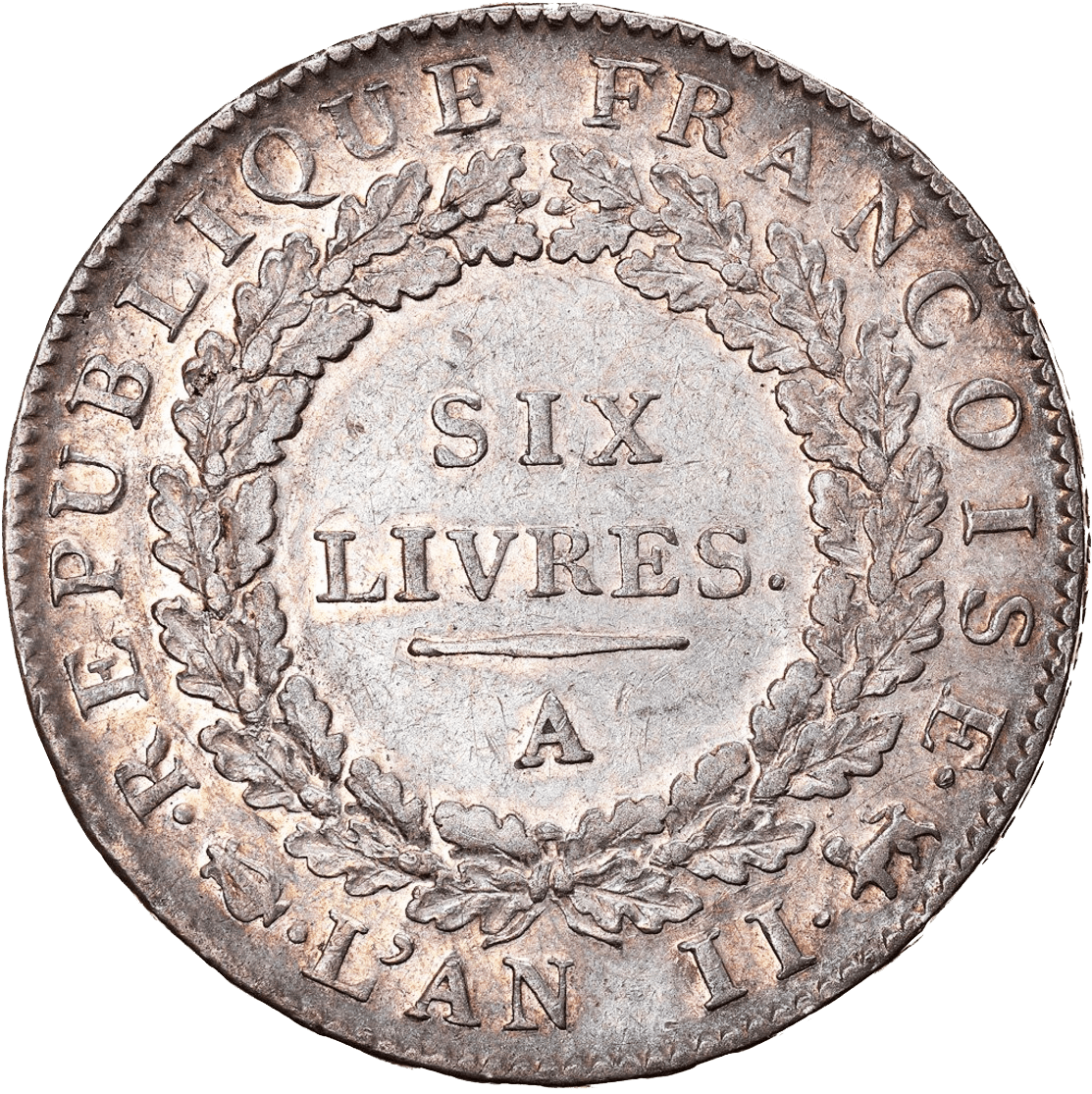
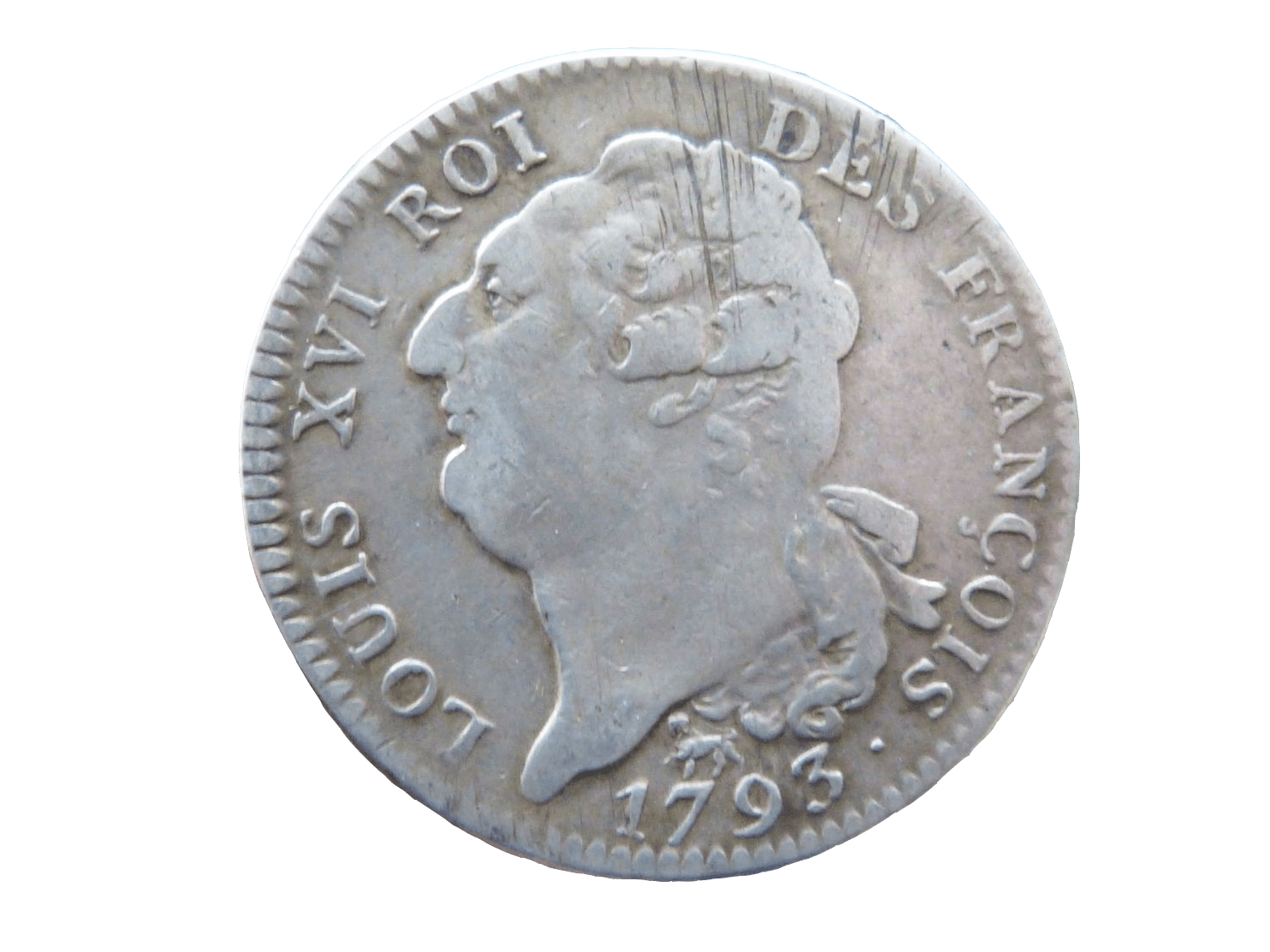
The second coin has “République Francoise” on its obverse side with the value of the coin, i.e., six livres (one ecu) and the letter A, which indicates that the coin was struck in Paris.
Between 10 and 11 million coins with the effigy of “Louis XVI, roi des François”, were struck. The engraving is by Augustin Dupré. The 6-livre silver “François” ecu was established during the Constitution period. It was created by the law of 9 April 1791 and modified by the decree of 25 July 1792 authorising the liberty cap on the reverse of the coin.
Only 2.5 million coins were minted, which may explain the difference in price. It was struck after the execution of Louis XVI. The coin was also engraved by Augustin Dupré. It was created by decree on 5 February 1793 and discontinued on 1 April 1834 by the law of 14 June 1829.
This was the period when the monetary system changed in France. The livre (ecu) system was abolished in 1793 in favour of a system based on the franc, which was promulgated by the law of 18 Germinal of Year III (7 April 1795).
In addition to the price difference, which may be due to the fact that four times fewer of the second coin were minted, and its overall condition, I was struck by another aspect: both coins were struck in 1793, yet one bears Year 5 and the other Year II…
The revolutionary calendar began to be used in September 1792, but only came into effect in October 1793. This means that Year II was likely calculated based on the new calendar. As for Year 5, if 1789, the year of the French revolution, is renamed Year 1, it is logical that 1793 would become 1793, or Year 5.
Mr Roche provided an additional explanation: until the king’s death, some coins had the two dates “An de la liberté” starting in 1789 and the traditional year (e.g., 1791, AN 3 de liberté). Note that some Year II ecus do not include the year 1793. The decree of 7/10/1793 states that only the revolutionary era could be shown.
These constitutional coins are among the most significant values of the period even though there are more valuable ones like the 24-livre Tours gold coins. The Convention divided the livre into decimes and centimes by decree on 17 Frimaire of Year II (17 December 1793). The law of 18 Germinal Year III (7 April 1795) decreed that the livre would now be called the “franc”. That is how the ecu became the franc.
Over 250 French coins were sold on Delcampe in less than a week. There are many different kinds, from different periods. Be sure to explore the coin category on www.delcampe.com.



